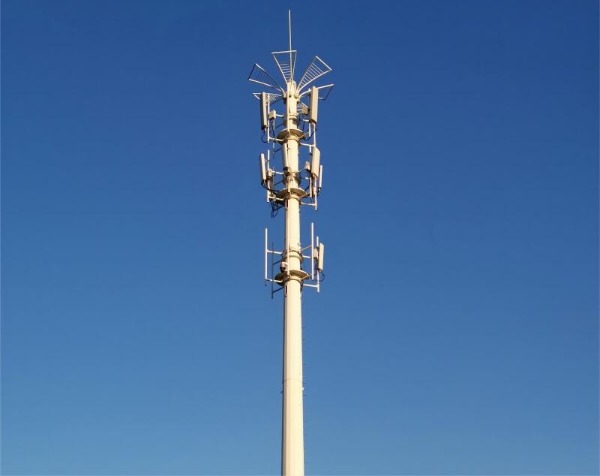Introduction
Monopole towers are the sleek, space-saving backbone of modern telecom networks. But their slim profiles belie a complex engineering reality: compliance with global standards is non-negotiable. For tower operators and telecom providers, navigating the differences between China's GB standards and international IEC norms can feel like decoding a technical labyrinth.
This blog cuts through the complexity. Using a single, easy-to-digest comparison chart, we break down critical disparities in wind load requirements, safety factors, and acceptance protocols. Whether you're deploying towers in Shanghai or São Paulo, this guide ensures you build to last—and comply.
The Standards at a Glance
| Criteria | China GB 50135-2019 | International IEC 61400-6 |
|---|---|---|
| Wind Load Design | 28–55 m/s (6 wind zones) | 22.5–52.5 m/s (4 wind classes) |
| Safety Factor | ≥2.5 (ultimate strength) | ≥1.5–2.0 (load resistance) |
| Foundation Testing | Static load + 1.5x overload | Dynamic load simulation |
| Coating Inspection | ≥86μm HDG thickness (salt spray ≥1,000h) | ≥80μm HDG (ISO 1461) |
| Documentation | Full traceability (steel mill to site) | Risk assessment + FAT reports |
1. Wind Load: How Strong is Strong Enough?
- GB Standards (China):
-
Divides China into 6 wind zones (28 m/s in inland areas → 55 m/s in coastal typhoon zones).
-
Mandates 1-in-50-year wind speed as baseline, with 1.1x multiplier for towers >60m.
- IEC Standards (Global):
-
Uses 4 wind classes (I to IV) based on 10-minute average speeds (22.5–52.5 m/s).
-
Requires turbulence intensity calculations for complex terrains (e.g., urban canyons).
- Why It Matters: A tower designed to GB's 55 m/s typhoon standard may be over-engineered for IEC Class IV (52.5 m/s), wasting material costs.
2. Safety Factors: Balancing Strength and Cost
- GB's Conservative Approach:
-
Demands a minimum 2.5x safety factor for ultimate load capacity (e.g., tower must withstand 2.5x design wind load without collapsing).
-
Prioritizes redundancy for earthquake-prone regions.
- IEC's Risk-Based Model:
-
Allows 1.5–2.0x safety factors, depending on failure consequences (e.g., towers near hospitals vs. rural areas).
-
Aligns with Eurocode's probabilistic load models.
- Case Study: A dual-standard tower in Malaysia used GB's 2.5x factor for the base but IEC 1.8x for antennas, saving 12% in steel costs.

3. Acceptance Testing: From Paperwork to Field Checks
- GB's Rigorous Process:
-
Pre-construction: Steel mill certificates + welding procedure qualifications.
-
On-site: Static load tests (1.5x design load for 24h) + ultrasonic weld checks.
-
Post-build: Coating thickness measured at 20+ points per tower section.
- IEC's Streamlined Workflow:
-
Design Phase: Finite Element Analysis (FEA) validation + FAT (Factory Acceptance Testing).
-
Field Inspection: Spot checks on bolt torque (e.g., 30% of connections) + drone-based tilt surveys.
- Pro Tip: IEC-accepted towers often require 30% less inspection time but rely heavily on documented simulations.
- The Big Picture: Which Standard Should You Choose?
-
Build in China? Follow GB strictly—regulators prioritize compliance over cost savings.
-
Global Projects? IEC offers flexibility but may need localized tweaks (e.g., adding GB's corrosion checks in humid climates).
-
Hybrid Approach: For cross-border operators, blending GB's durability with IEC's risk-based models can optimize cost and safety.
- Conclusion: Standards Are Not One-Size-Fits-All
- While GB and IEC share the same goal—building towers that don't fall down—their paths diverge in philosophy and execution. Understanding these differences isn't just about avoiding penalties; it's about building smarter, faster, and more economically.
- Need Help Navigating Standards?
At Altai Tower, we specialize in designing monopole towers that meet GB, IEC, and localized requirements seamlessly. [Contact us] for a free compliance assessment!
